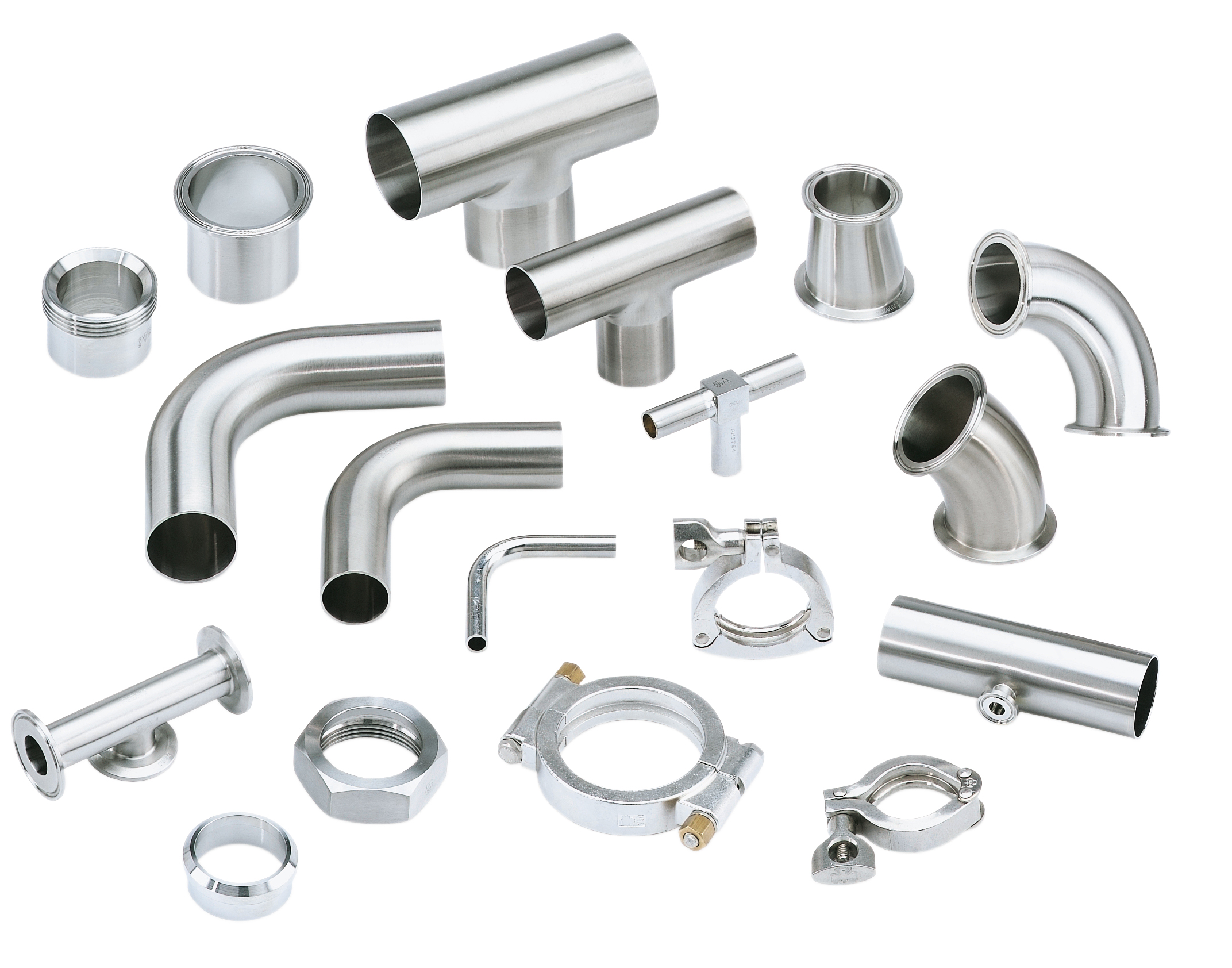Brazing is a commonly used method used to join metals. A filler material is used and a high temperature, above the melting point of the metal is used for the process. Base parts which are tightly fitted are sued for the process and the filler material is made to flow through this after being heated to that temperature. Special care and equipment is used to make sure that no surface oxidization takes place. The method is very similar to that of soldering but the difference lies in the fact that a higher temperature is used for brazing. Stainless Steel Components and brazing of stainless steel is a subject that requires careful analysis and understanding and this article aims to help you with that.
Methods
There are broadly three types of methods used in brazing of stainless steel. These are, brazing using a vacuum, brazing which has in air flux and brazing done under conditions of reducing atmospheric pressure.
Understanding Heat
Understanding the heating mechanisms and the right temperature is essential in the heating process. The temperature should definitely be higher than the melting point of the filler material. Factors like a maximized life for fixtures, minimal interactions of the metals and other should be taken into account while doing the heat selection.
Sometimes a higher temperature is used to modify designs, using a different filler material or removing contaminants from the surface.
Surface Contaminants
Surface contaminants often hamper the process of wetting and end up affecting the quality of the joints. The cleaning process usually needs chemicals or mechanical processes. The coarseness can often be altered when the mechanical cleaning method is used and care should be taken. A smooth surface is very difficult to deal with, especially during wetting.
A furnace like environment is used in many scenarios to reduce the risks of contaminants. This is helpful because an optimum temperature is used and no oxides are produced in the process. Flux in different forms is used otherwise, where no furnace environments can be implemented, to eliminate chances of oxide formation.
Selection Of Alloy
Depending upon the functionality, the alloy is selected. In the case of stainless steel, an alloy which has a lesser melting point that that of stainless steel is preferred. Alloys are also selected based on their reactions to the conditions in which the brazing will take place.
Brazing happens to be a highly popular process that creates better looking stainless steel components. A solid strong joint is also created by the process and that is the real deal. The selection is crucial in this regard. The right environment with suitable characteristics must be chosen after careful study. The correct alloy must also be selected depending upon the purpose of your project. Ensure a tight fitting of the base pieces to obtain the best possible results. Ensure cleanliness too. The right kind of stainless steel brazing will yield components that will last you very long and provide good service. Careful understanding and research will help you make informed choices in this arena.

